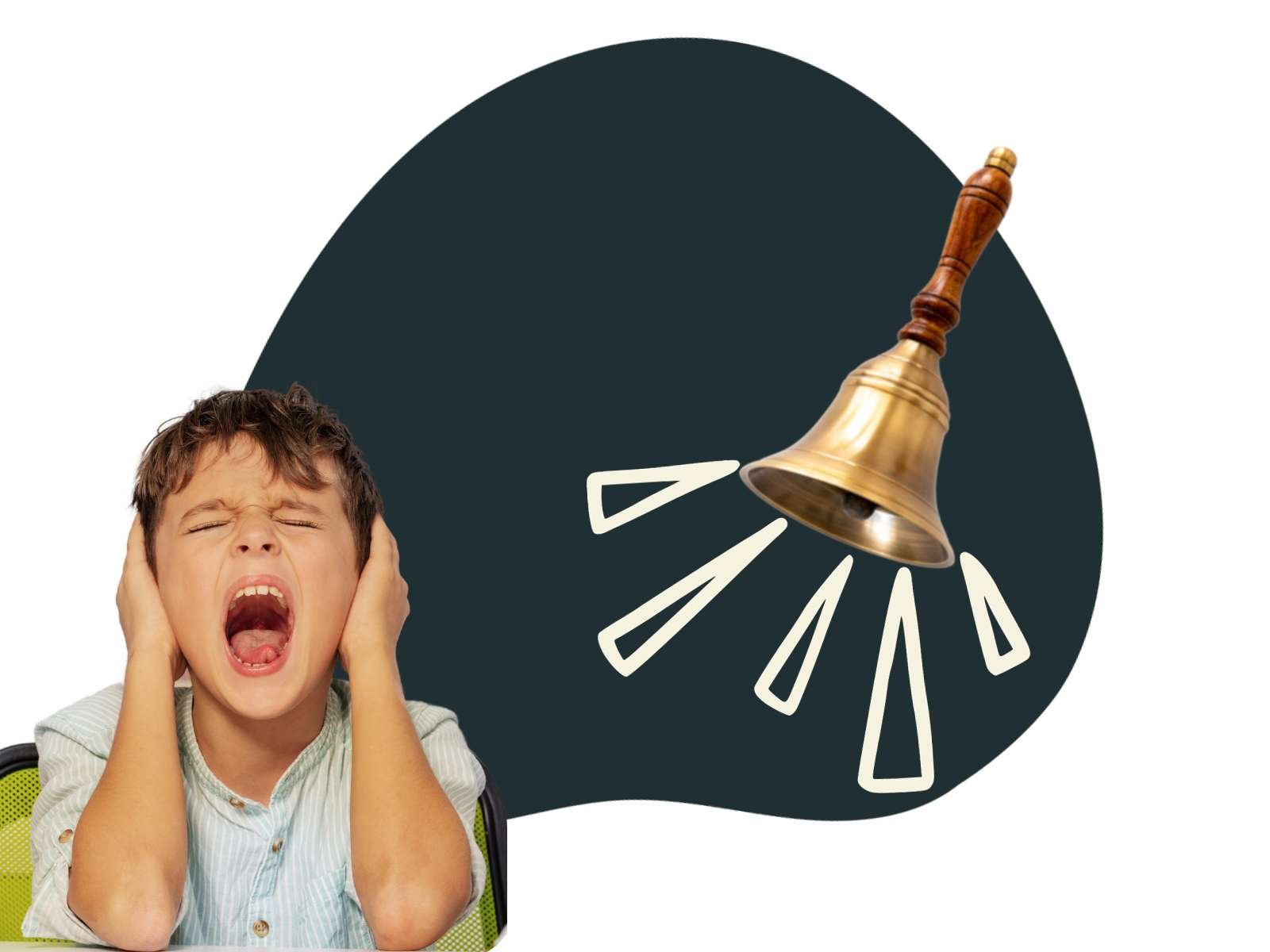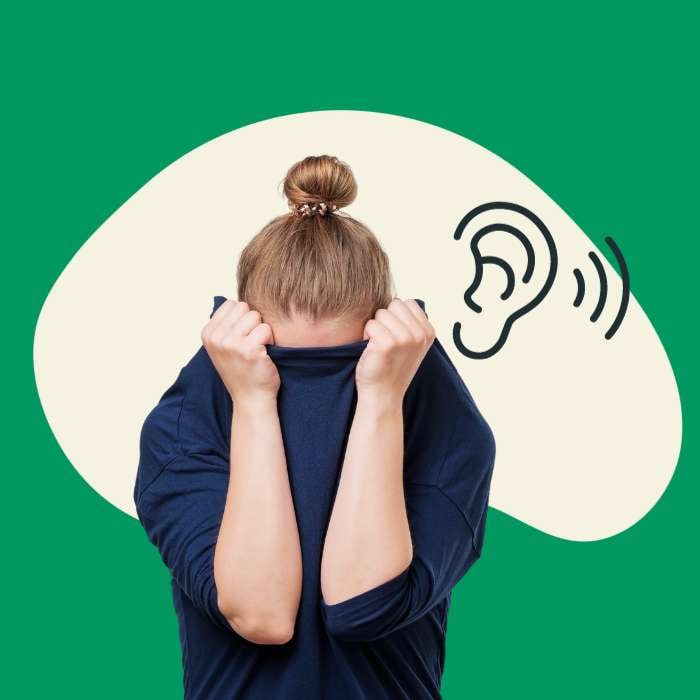Have you ever turned down the volume on your TV or radio because a sound was unbearable? Or maybe you avoid certain situations because of the sounds that come with them? If so, you may be experiencing phonophobia.
Phonophobia is a sound sensitivity disorder, a subset of misophonia. As an audiologist, I have worked with many patients with hearing loss, tinnitus, sound sensitivity, and hyperacusis. In this article, I will discuss what phonophobia is, what conditions feature sound sensitivity, and how to overcome it.
What is phonophobia?
Phonophobia is often used to describe patients with sound sensitivity. However, the true definition means that the person experiences fear with certain sound stimuli. Misophonia, a dislike for certain sounds, is much more common than sound-provoked feelings of anxiety.
For many people, hearing the sound of nails on a chalkboard is a very unpleasant sound. Hearing that sound may be mildly unpleasant or, for some, even unbearable.
There is a range of emotions that people experience. Sounds can evoke a variety of feelings for people, including fear. Imagine sitting in a dark room and hearing a live lion roaring nearby. Fear in that situation would be a normal reaction. However, phonophobia is when a person feels a sensation of fear after hearing sounds that would not typically provoke fear.
Patients with phonophobia may experience various symptoms, including anxiety, panic attacks, and a physical response to sound, such as sweating, rapid heartbeat, and shaking. These feelings and emotions may seem irrational, happening for no known reason.

Conditions Causing Sound Sensitivity
Conditions like autism, migraine, and traumatic brain injury often feature sound sensitivity. Patients with autism can be susceptible to sounds and may feel agitated or upset when noises are too loud or sudden. Migraine sufferers may experience sensitivity to sound or light, especially during a migraine episode, with sounds triggering or exacerbating their pain.
Traumatic brain injury can also cause a person to develop a sensitivity to sound. For these conditions, sound sensitivity is often accompanied by other symptoms and can be managed with a combination of medication, physical therapy, counseling, and lifestyle changes.
Effects on Lifestyle
Sound sensitivity can significantly impact a person's quality of life, often leading to avoiding certain activities or environments due to the fear of triggering unpleasant symptoms. This can include social events, public spaces, or even day-to-day environments like the workplace or school.
The ongoing concern about potential noise can lead to social isolation, as individuals may choose to stay at home rather than risk experiencing discomfort or panic attacks in public. This withdrawal can affect relationships, career progression, and overall enjoyment of life.
Additionally, constant anxiety about encountering triggering sounds can contribute to stress and mental health issues. Sound sensitivity doesn't just influence a person's auditory experiences; it can shape their entire approach to life.

Neurophysiologic Treatment Model
Misophonia and phonophobia both involve strong reactions from the limbic and autonomic systems. To change these reactions to the sound, there is a process that helps to change these responses based on a neurophysiologic model for treating phonophobia. Treatment aims to retrain the brain to process sounds gradually through positive reinforcement and thus reduce the fear response.
The treatment involves systematic exposure to sounds, positive reinforcement, and counselor-led cognitive behavioral therapy sessions. The idea is to reduce the negative emotions associated with certain sounds and to develop positive associations with them instead.
Systematic exposure to sounds, also called exposure therapy, is when a person is gradually exposed to sounds that trigger phonophobia. The exposure happens in a controlled environment and is built up over time. The exposure can be done at home, or a clinic, and the sounds can be presented through different mediums such as speakers, headphones, or recorded noise. It's important to note that exposure is not a quick fix and can take several sessions to see results.
Positive reinforcement is an essential part of the process of phonophobia treatment. The basic idea of positive reinforcement is to reward a person for positive behavior. In this case, patients are rewarded for their willingness to expose themselves to sounds and to approach them in a positive light. This can be done by encouragement from the counselor, tracking progress, or rewarding a person with something they enjoy after a successful session.

Managing Phonophobia: A Long-term Approach
While many individuals with phonophobia can notice substantial improvements with patience and persistence, it's crucial to acknowledge that more severe cases may present considerable challenges. People living with intense phonophobia may require a more extensive and tailored approach, factoring in the specific sounds that trigger their fear and the degree to which their daily life is impacted.
Alongside treating phonophobia directly, it's essential to seek treatment for any underlying conditions contributing to sound sensitivity, such as migraine, autism, or traumatic brain injury (TBI). These conditions often come with their own set of symptoms that could exacerbate the effects of phonophobia. Proper management of these conditions can significantly help alleviate sound sensitivity and accompanying symptoms, leading to a more holistic improvement in the patient's condition.
The journey towards managing phonophobia is often marked by incremental progress, and even seemingly minor improvements should be celebrated as steps towards a more sound-tolerant lifestyle. It's essential to approach this journey with optimism and resilience and remember that professional help and support are always available to those who need it.
Conclusion
In conclusion, phonophobia is a complex condition that can significantly impact an individual's way of life. It's not just about the fear of certain sounds but also about the emotional and physiological reactions that come with it. Although challenging, treatment plans based on the neurophysiological model involve gradual exposure to triggering sounds, positive reinforcement, and cognitive-behavioral therapy.
Management of any underlying conditions is also crucial in alleviating the effects of phonophobia. Progress may be slow and steady, but with patience, perseverance, and the proper support, individuals with phonophobia can learn to live a less sound-sensitive and more fulfilling life.






